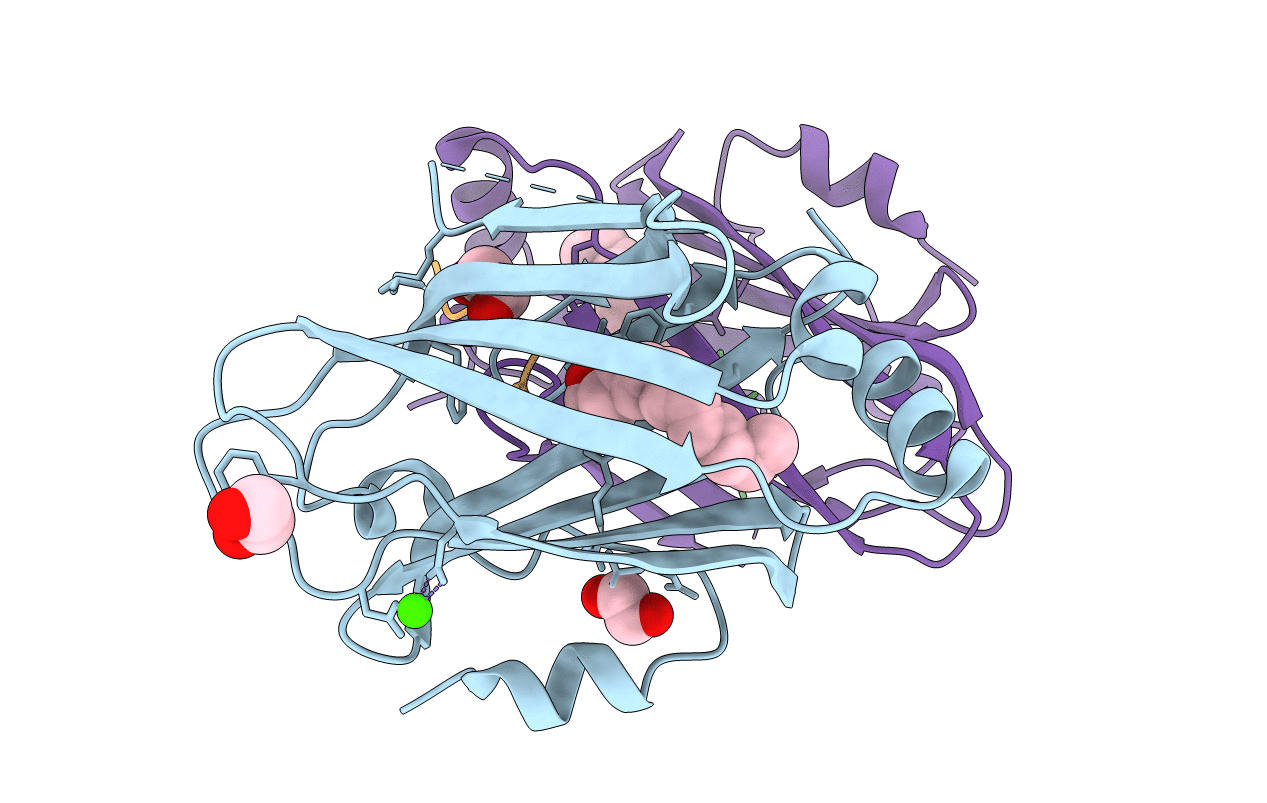
Deposition Date
2021-05-17
Release Date
2021-06-09
Last Version Date
2024-11-13
Entry Detail
PDB ID:
7OK6
Keywords:
Title:
Crystal structure of UNC119B in complex with LCK peptide
Biological Source:
Source Organism:
Homo sapiens (Taxon ID: 9606)
Host Organism:
Method Details:
Experimental Method:
Resolution:
1.95 Å
R-Value Free:
0.22
R-Value Work:
0.18
Space Group:
P 21 21 21


